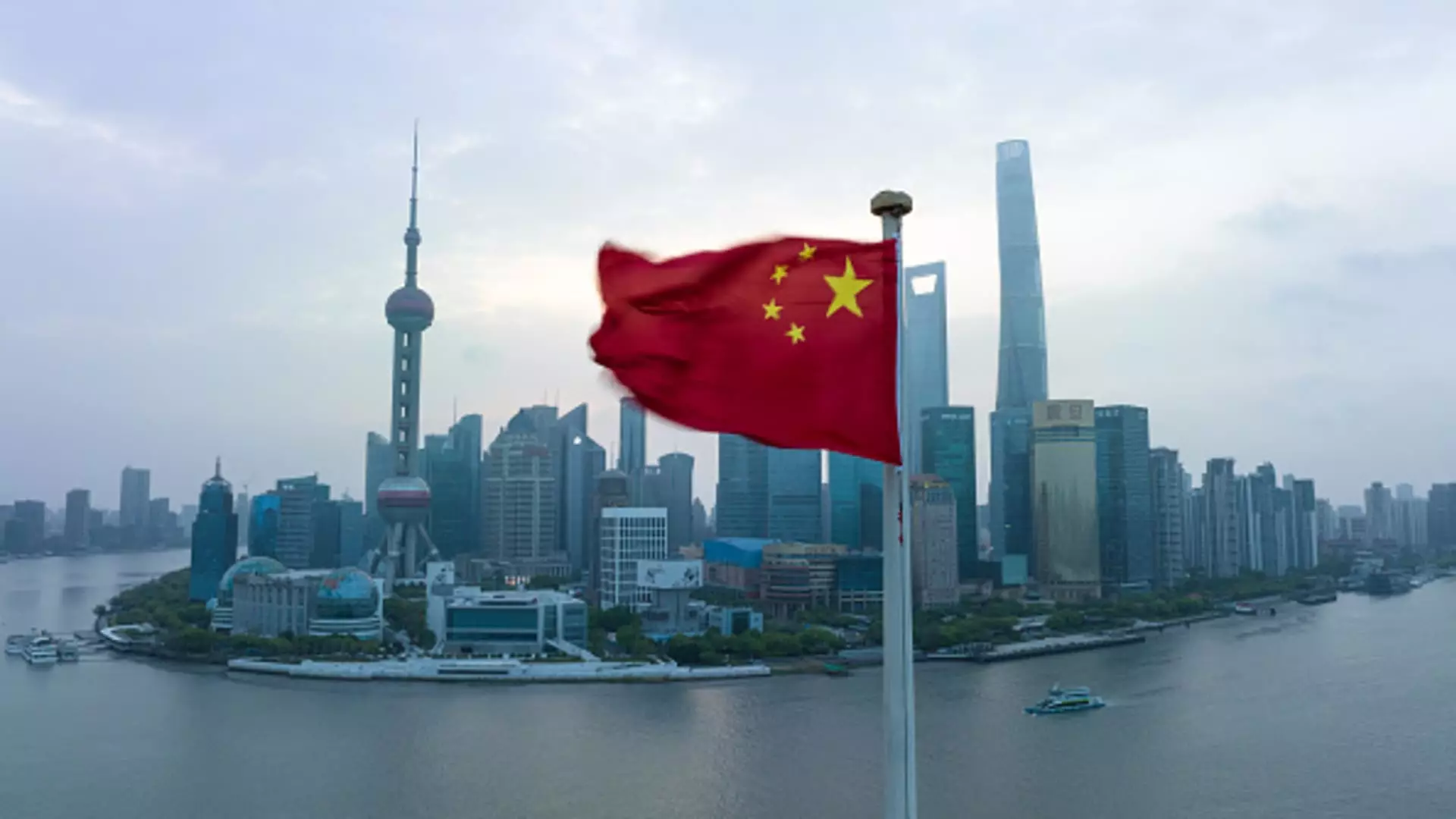In recent months, there has been a notable transformation within the landscape of Chinese corporate finance, spurred by an aggressive push from the government. A marked shift toward enhancing shareholder value through record dividend payouts and significant share buybacks is reshaping investor sentiment in the Chinese market. The trend not only reflects a response to the prevailing economic conditions but also indicates a broader commitment from companies in China to prioritize returns for their shareholders.
According to recent data from the China Securities Regulatory Commission (CSRC), Chinese public companies disbursed a staggering 2.4 trillion yuan (approximately $328 billion) in dividends last year, marking an all-time high. This radical shift is emblematic of a maturing corporate environment where maintaining investor satisfaction has become a priority. Furthermore, the expected continuation of this trend signals a notable change in corporate governance, as companies recalibrate their financial strategies to create value for shareholders. Market analysts are optimistic, suggesting that total cash distributions could soar to 3.5 trillion yuan this year, a feat that would further solidify this new trend.
Investment analysts have expressed confidence in the sustainability of these high dividends. As noted by HSBC’s Asia equity strategist Herald van der Linde, many firms are sitting on substantial cash reserves and seem uncertain about where to allocate these funds most efficiently. Returning capital to shareholders through dividends has emerged as a viable strategy to boost stock attractiveness, particularly in a complex economic environment where traditional investment avenues may not yield significant returns.
The robust increase in dividends and share repurchase programs is not merely coincidental; it has been heavily influenced by government policies aimed at reforming corporate governance in China. The State Council and the CSRC have prioritized improving shareholder returns across the economy, resulting in tax incentives for companies that adopt high payout rates. Additionally, measures such as targeted relending programs have empowered state-owned enterprises (SOEs) to buy back shares, which has driven up overall market confidence.
This governmental support has proven particularly pivotal for state-owned giants, where compliance with directives is almost ingrained. Jason Hsu, founder of Rayliant Global Advisors, reflects this sentiment stating, “When Beijing says jump, the SOEs say, ‘how high?'” Such interactions underscore how deeply intertwined corporate operations have become with state expectations, leading to a visible surge in shareholder-friendly initiatives.
With the dividend yield on Chinese stocks climbing to around 3% — the highest level in nearly ten years — these changes are attracting both domestic and international investors. Remarkably, Chinese companies with high dividend yields have outperformed their counterparts in other emerging markets by about 15%, as reported by index data. This trend suggests that in a landscape characterized by sluggish economic recovery and stagnant property markets, dividends are becoming the preferred avenue for value addition.
The appeal of attractive dividend yields not only serves to draw in investors seeking alternative options to low-yield bank deposits but also strengthens the overall investment climate in Chinese equity markets. As Le Xia, chief economist for Asia at BBVA Research, notes, this shift may provide a buffer against short-term market pressures while simultaneously affirming China as a viable long-term investment destination.
Despite the optimism surrounding rising dividend payouts, there are inherent risks that cannot be overlooked. While this phenomenon may enhance local investor sentiment temporarily, excessive capital return strategies could eventually lead to reduced reinvestment in growth initiatives, potentially stifling long-term corporate development. Moreover, if cash payouts continue to flow excessively into offshore markets, it may place downward pressure on the Chinese yuan, as significant outflows could create currency volatility.
Additionally, the current dividend payout ratio in China, measured at 52.58% of net income, still lags behind other advanced economies like Australia and Singapore. This discrepancy hints at room for further growth in terms of shareholder returns. The long-term sustainability of this trend relies heavily on economic recovery, and as market analysts like Shaun Rein suggest, many investors are simply seeking adequate compensation for their patience as the economy stabilizes.
The increasing trend toward higher dividends and share buybacks reflects a sea of change in how Chinese companies operate and engage with shareholders. With strong government support and promising yields, Chinese firms are enticing investors back into the market amidst cautious economic recovery. However, stakeholders must remain vigilant regarding the potential ramifications of this trend. As the landscape continues to evolve, a balanced approach toward immediate returns and long-term growth will be crucial in navigating the complexities ahead.


Leave a Reply